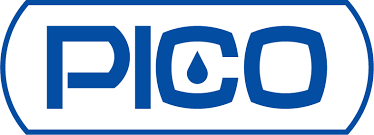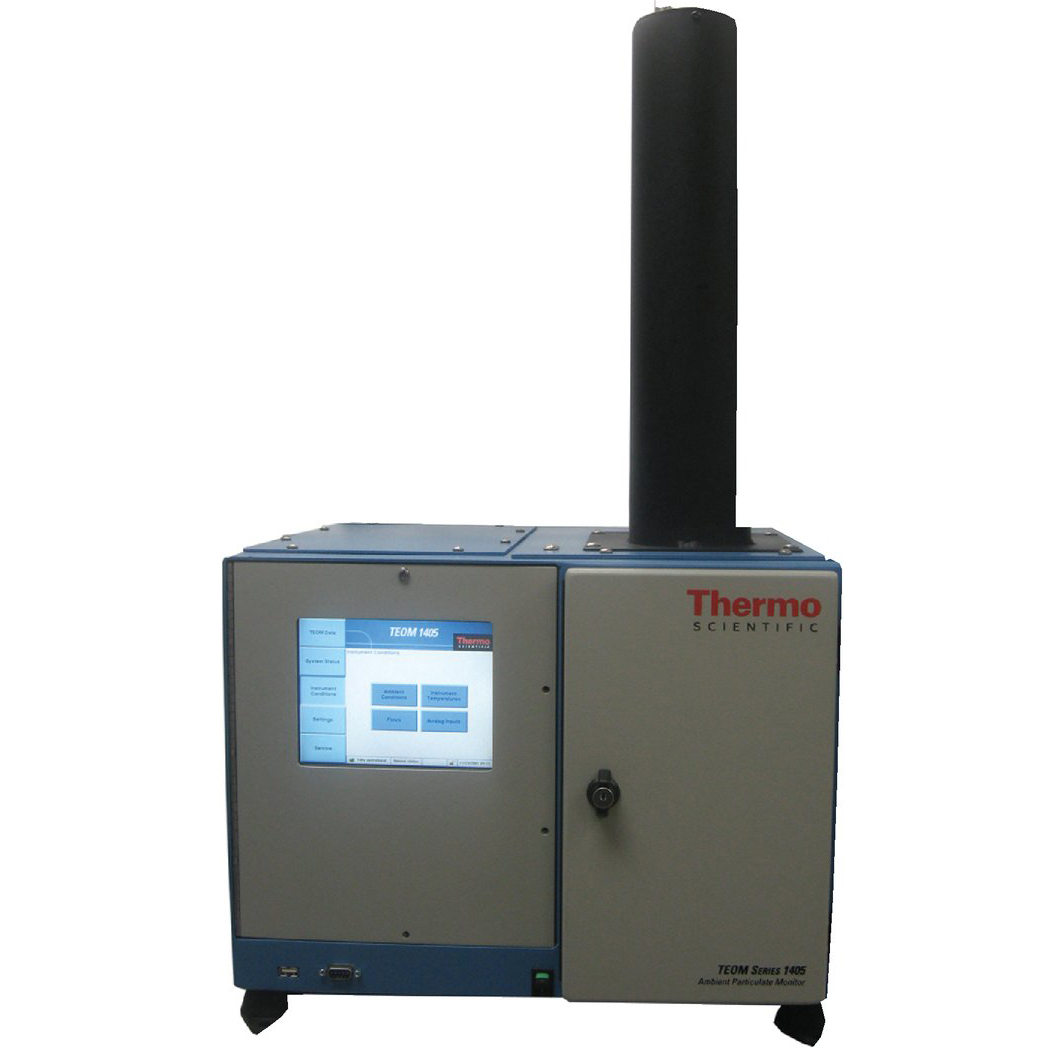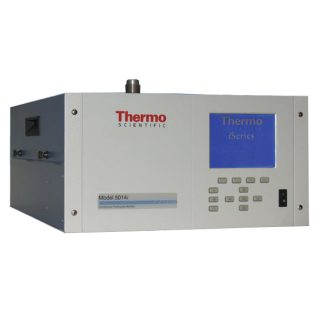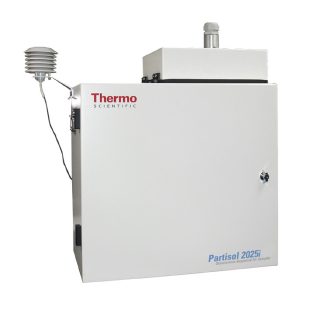TEOM1405 Series
Quality Safety Health and Environment
Assistant Buniness Unit Manager : Mrs. Suthathean Hand
Tel : 081-8755935
E-mail : suthathean@pico.co.th
Admin
Tel : 02-939-5711 ext. 350
E-mail : qshe@pico.co.th
Related applications : Environmental
Take continuous direct mass measurements of particulates using a tapered element oscillating microbalance (TEOM) with the Thermo Scientific™ 1405 TEOM™ Continuous Ambient Particulate Monitor. This monitor measures TSP, PM-10, PM-2.5, and PM-1 airborne particulates with excellent short term precision.
Description
The TEOM 1405 distinguishes itself from other PM measurement methods by utilizing a direct mass measurement that is not subject to measurement uncertainties found in other surrogate technologies. It provides a self-referencing, NIST traceable direct mass measurement.
Key Features
- Compact stand alone unit which is network-ready
- Design meets US and International Particulate Monitoring Regulations
- Touch-screen GUI interface quickly and intuitively accesses system status, TEOM data, settings, and instrument conditions
- Service screen provides access to software wizards which walk the user through calibration and maintenance procedures with detailed instructions and pictures
Standard System Configuration
- TEOM sensor and control unit housed in a single compact enclosure
- Menu-driven software for user interaction via a touch-screen display
- ActiVol flow control using Automatic Mass Flow Controller(s) and supplied Ambient Temperature and Ambient Pressure Sensors
- ePort software for local or remote communication, USB port for automated download
Includes
- Connecting and interface cables and vacuum pump
- Consumables for average first year operation (ambient)
- Pallflex TX40 Filter, 13mm effective diameter
Compatible with
- Streamline Pro MultiCal System
- Complete Outdoor enclosure
Recommended for
- Air quality monitoring networks, including background sites
- Special studies and supersites
- Routine input for air quality index
- Remediation projects (Superfund, hazardous waste)
- Indoor air, exposure chamber, and industrial hygiene measurements
- In and around industrial and material handling facilities





